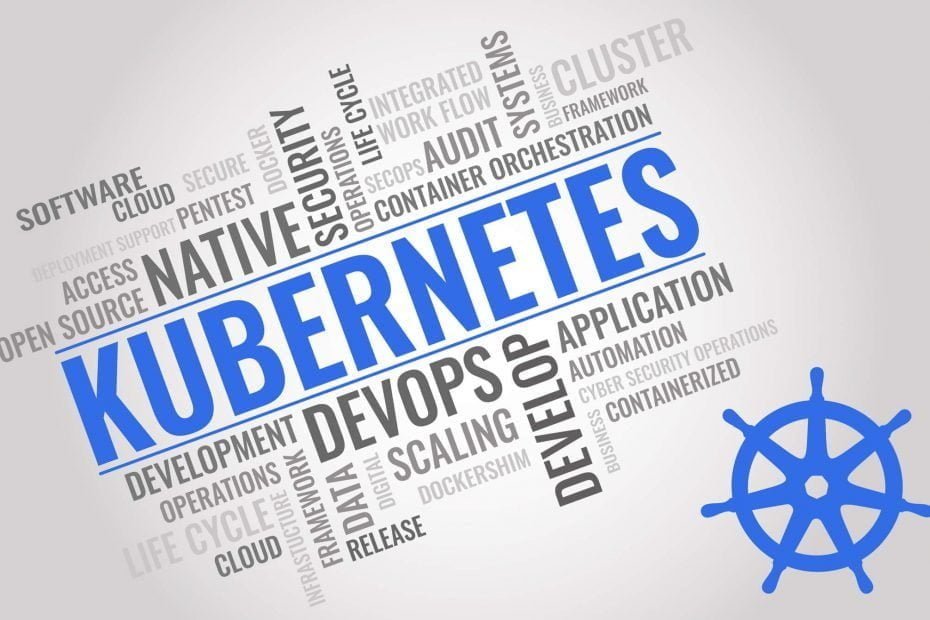Home » sdb » Page 34sdb
The certification designation of “Small Disadvantaged Business” or SDB is significant. This term refers to small businesses that are owned and operated by individuals who happen to be socially or economically disadvantaged. These businesses possess unique potential and can make substantial contributions to the national economy. By recognizing and promoting SDBs, we ensure the democratization of economic opportunities, allowing everyone to participate and benefit from the capitalist marketplace.
The primary essence of a Small Disadvantaged Business centers on the fostering of entrepreneurial spirit among the socially and economically marginalized communities. Through this, it paves the way for drawing in untapped talents hitherto overlooked, curating a pool of diverse innovators and creators. When inquiring about SDBs, one is bound to realize that they are more than just a ‘business group’ – they indeed are a catalyst igniting the much-needed economic inclusion.
Moreover, Small Disadvantaged Business is not just a certification, but a classification provided by the Small Business Administration (SBA) in the United States. This classification enables SDBs to access various governmental and some private sector benefits, which include preferential treatment in federal contracting. These supports prove instrumental in helping SDBs overcome business challenges and subsequently, in fueling their growth.
Furthermore, SDBs employ a broad spectrum of Americans and enhance local economies, significantly contributing to job creation and economic growth. Additionally, they infuse innovation and diversification in the market, which expands product/service offerings and optimizes customer choices.
Understanding a “Small Disadvantaged Business” is your passport to a thorough acquaintance with the engine that fuels economic inclusion and diversification in our society.









